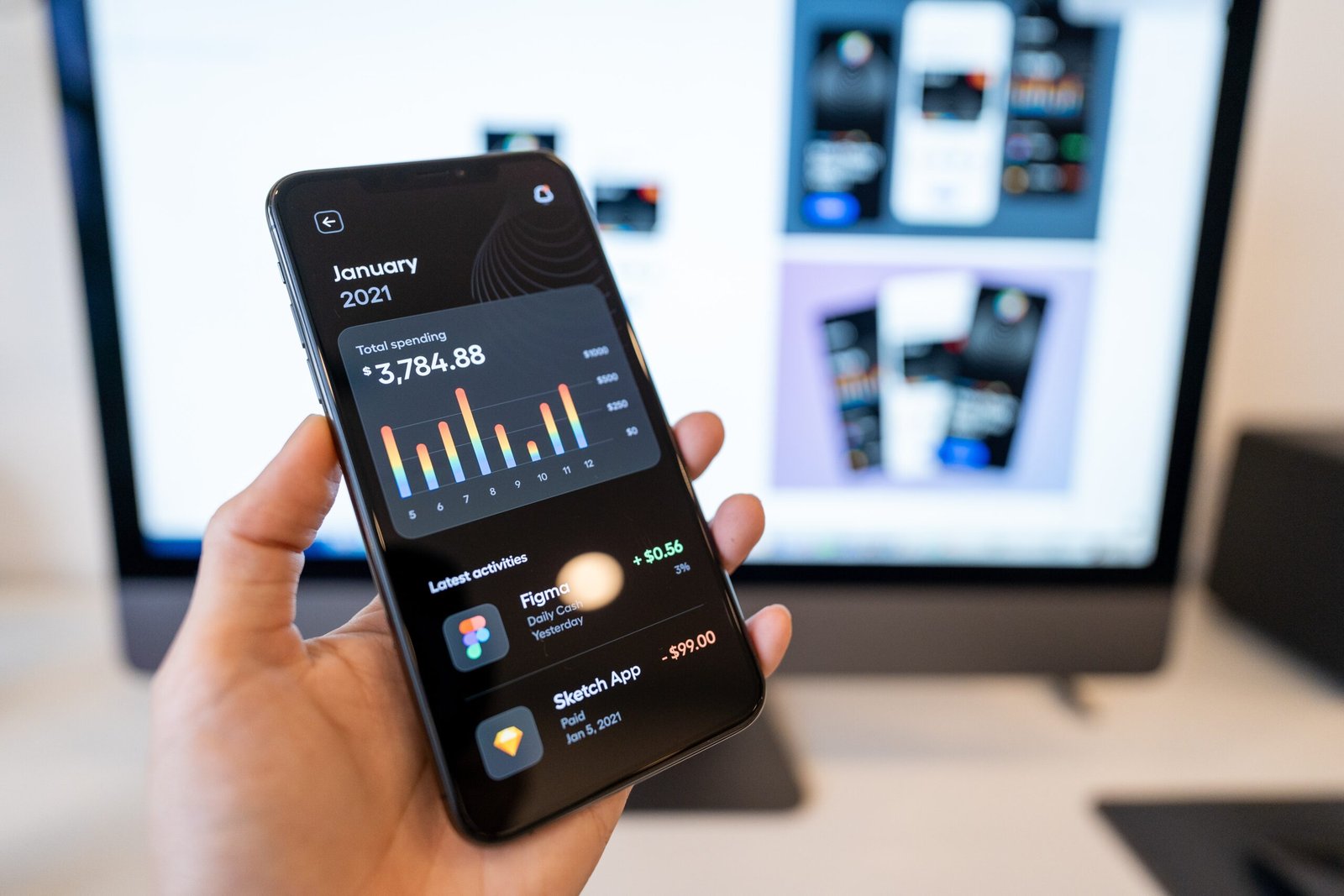
Design plays a crucial role in our everyday lives, shaping the world around us in various ways. From the products we use to the websites we visit, design influences our perceptions, interactions, and experiences. In the digital age, where mobile devices have become an integral part of our lives, designing for mobile apps has gained immense importance. This article will explore the various aspects of mobile app design, including current trends, best practices, and creative insights.
Visual Design Principles
Visual design is the first thing users notice when they interact with a mobile app. It sets the tone, conveys the brand’s identity, and enhances the overall user experience. To create visually appealing mobile apps, designers should consider the following principles:
- Color: Choose a color palette that aligns with the app’s purpose and target audience. Use colors strategically to create visual hierarchy and guide users’ attention.
- Typography: Select fonts that are legible on small screens and maintain consistency throughout the app. Use typography to convey the app’s personality and enhance readability.
- Layout: Design intuitive and user-friendly layouts that prioritize content and minimize clutter. Utilize grids, white space, and visual hierarchy to guide users through the app.
- Iconography: Create clear and recognizable icons that convey meaning and aid navigation. Use consistent iconography throughout the app to maintain visual coherence.
User Experience Considerations
Designing for mobile apps goes beyond visual aesthetics; it’s about creating a seamless user experience. Here are some key considerations:
- Navigation: Design intuitive navigation that allows users to easily move between screens and access desired features. Use clear labels, icons, and gestures to enhance usability.
- Responsiveness: Ensure that the app is responsive and adapts to different screen sizes and orientations. Optimize loading times and minimize the use of heavy graphics to provide a smooth user experience.
- Accessibility: Make the app accessible to users with disabilities by incorporating features like adjustable font sizes, color contrast options, and screen reader compatibility.
- Feedback and Interactivity: Provide visual and interactive feedback to users to acknowledge their actions and guide them through the app. Use animations and microinteractions to make the app feel responsive and engaging.
Sustainability in Design
Designers have a responsibility to create sustainable mobile apps that minimize their environmental impact. Here are some ways to incorporate sustainability in app design:
- Energy Efficiency: Optimize app performance to minimize battery consumption and reduce the app’s carbon footprint. Use efficient coding practices and avoid unnecessary background processes.
- Minimalism: Embrace minimalistic design principles to reduce visual clutter and promote a more sustainable user experience. Use simple and clean interfaces that prioritize essential content.
- Content Strategy: Encourage sustainable behaviors through the app’s content. Promote eco-friendly practices, provide educational resources, and raise awareness about environmental issues.
The Impact of Design in Different Industries
Design has a significant impact on various industries, transforming the way businesses operate and users engage with their products or services. Here are a few examples:
- E-commerce: Well-designed mobile apps enhance the shopping experience, making it easier for users to browse products, make purchases, and track orders.
- Healthcare: Mobile apps have revolutionized healthcare by providing access to medical information, appointment scheduling, and remote consultations.
- Finance: Banking and financial apps offer secure and convenient ways to manage finances, transfer funds, and track expenses.
- Travel: Mobile apps have simplified travel planning, allowing users to book flights, hotels, and activities, as well as access travel guides and real-time updates.
In conclusion, designing for mobile apps requires a deep understanding of visual design principles, user experience considerations, sustainability, and industry-specific requirements. By following best practices and staying updated with the latest trends, designers can create impactful mobile apps that enhance user experiences and shape the digital landscape. Design is not just about aesthetics; it has the power to transform and improve the way we interact with technology, making our lives more convenient, efficient, and enjoyable.
Remember, effective mobile app design is a continuous process of learning, iterating, and adapting to users’ needs. By prioritizing user-centered design and staying mindful of the ever-evolving mobile landscape, designers can create mobile apps that truly make a difference.